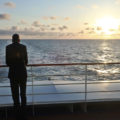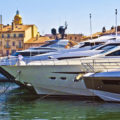
“In my imagination I created an electric ship that could break through all kinds of ice, that nice and elegantly, fearful and irresistible, could sail through the Arctic oceans all the way to the Pole.” –Roald Amundsen in 1882, at age 10.
It’s taken 138 years, but the childhood dream of the intrepid Norwegian polar explorer is finally becoming a reality. The MS Roald Amundsen from Hurtigruten is the first cruise ship to be hybrid-electric powered.
A wall-sized bank of lithium-ion batteries provide an electric boost so the engines can run at minimal levels and reduce fuel usage and cut down on carbon dioxide emissions by 20 per cent. While it still relies on gas engines, they are built by Rolls-Royce,
A media preview in Vancouver revealed that the ship that just completed an inaugural crossing of the Northwest Passage also boasts a radical boost in comfort and personal service on a ship designed to explore the wildest locales in the world. Here’s a look at a new chapter in expedition cruising.
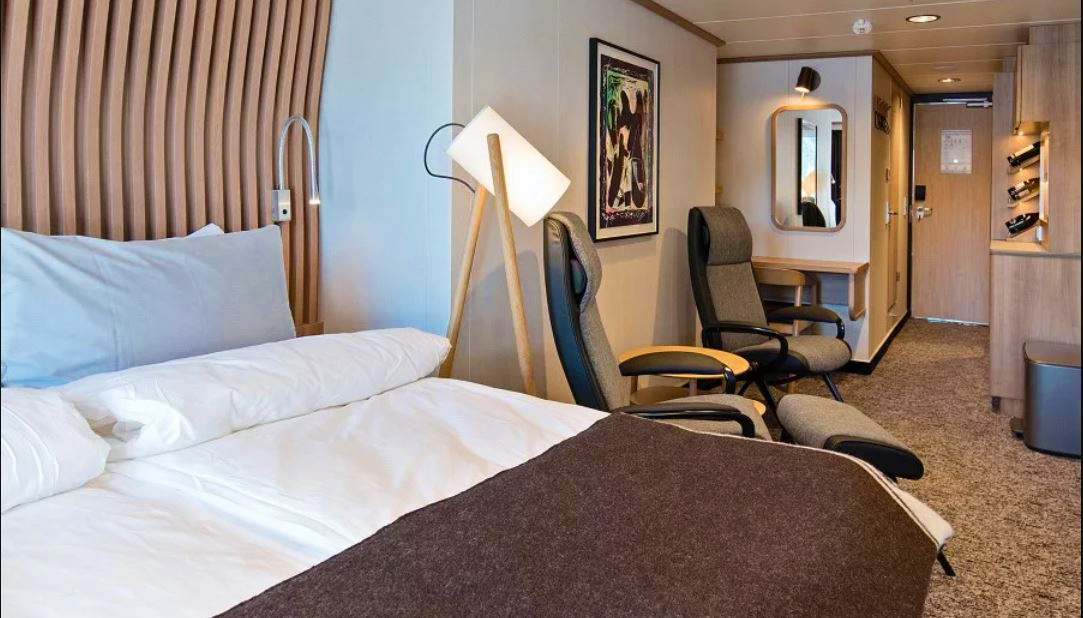
1) Comfortable, luxurious décor
Although the ship has all the detailed fit and finish of a luxury yacht, the line prefers to consider the Roald Amundsen’s category Premium Comfort, says Hurtigruten CEO Daniel Skjeldam.
Norwegian yacht designer Espen Øino has created its contemporary Scandinavian design with inspirations from nature. The finishes are in granite, and light oak and birch, with accent colors of blues and browns. The furniture is Scandinavian as well, with emphasis on wood and natural fabrics.
The 530-guest ship is a step up in personal accommodation from some of the line’s earlier ships, some of which were designed for just short cruises around Norway. This ship is designed to settle into for cruises extend for weeks. Our Arctic Superior cabin with a large balcony on Deck 8 was 205 square feet and furnished with two comfortable lounge chairs and a double bed topped with comforters and a wool blanket in a traditional Norwegian design. In keeping with the adventurous activities on the ship, the closets are equipped with boot dryers.
All the Amundsen’s cabins are on the outside. Of the 265 cabins, 60 per cent have balconies and 20 per cent are suites from 230 to 517 square feet. The aft suites, named for famous explorers, feature private outdoor hot tubs with wraparound views. All the cabins have big screen TVs that broadcast views from the bridge as well as live feeds of presentations on board.
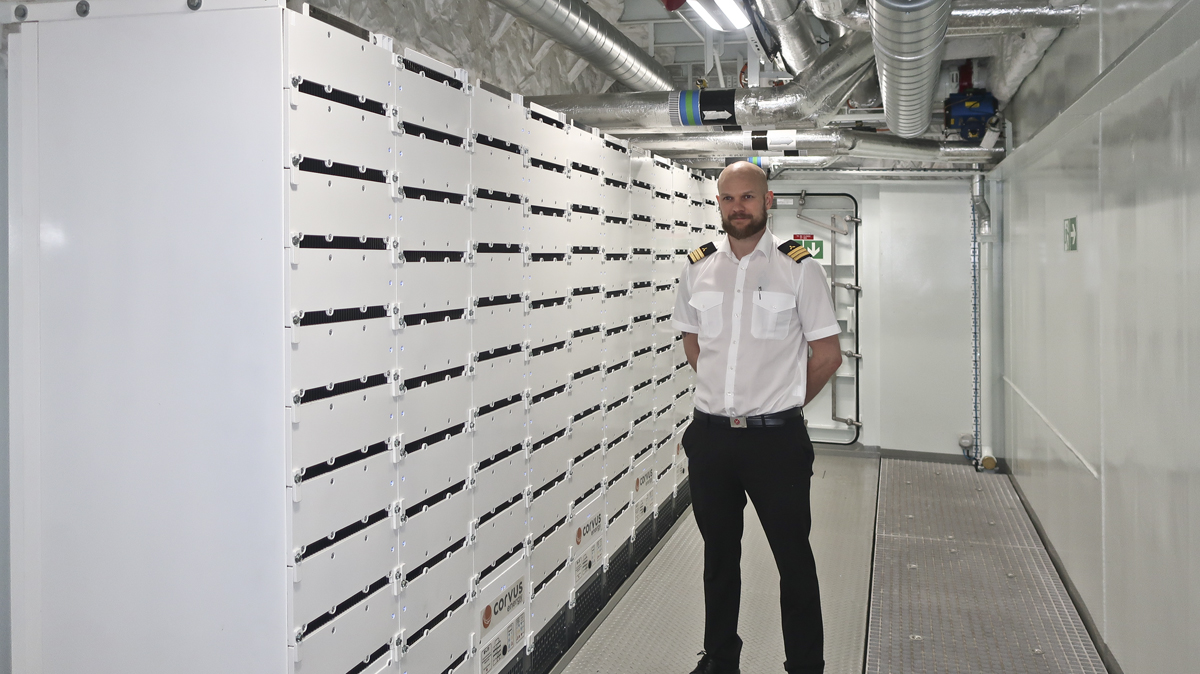
2) Running clean and green
While the ship has been called the “Tesla of the cruise world,” it really isn’t set up yet to sail distances solely under electric propulsion. But though smaller than you might imagine, the power bank of batteries created by Vancouver-based company Corvus Energy packs a significant wallop. The power boost the batteries provide are expected to save over a million liters of fuel use a year. The technology, in combination with a sleek design efficient lighting on board, will substantially reduce CO2 emissions.
This is still a proof-of-concept for the system Hurtigruten has invested in and the technology is improving so fast and the prices of battery cells are coming down so quickly that the company decided to ramp up in stages. The battery room has space to add as many as five more power banks, which could allow all-electric sailing in the future.
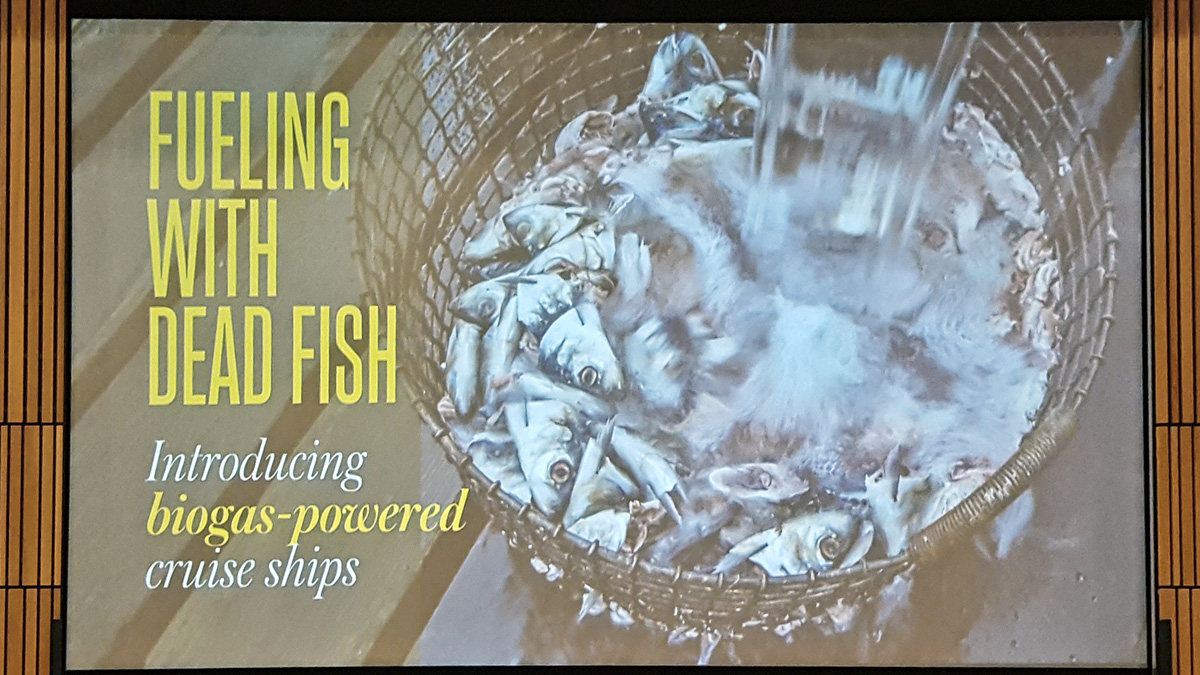
Hurtigruten is also building an identical sister ship, the MS Fridtjof Nansen due in 2020 and has options for another two in the future. It’s also announced programs aiming at upgrading other ships in the fleet to electric hybrid in coming years and use liquefied natural gas (LNG) or biofuels (made from fish scraps) to minimize environmental impact.
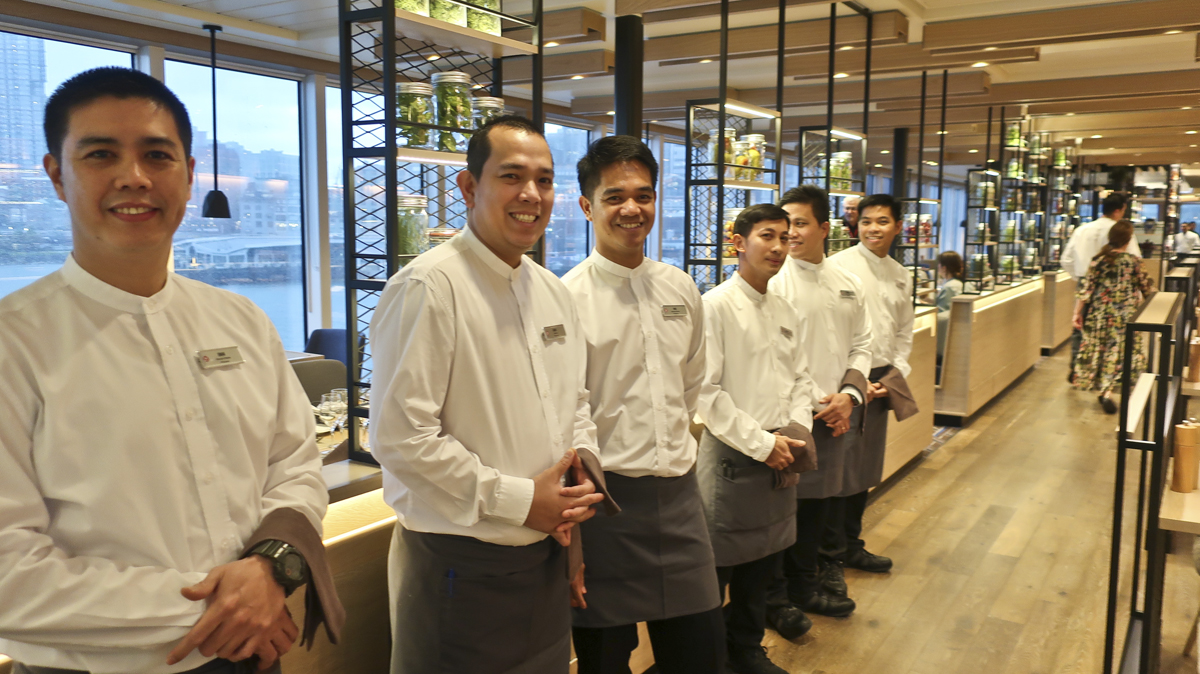
3) The ship as a destination
A distinctively luxury touch on this ship are the three restaurants on board. The main restaurant, Aune, is named for the chandler who supplied Amundsen’s ships. The tables are mostly for two or four and most have dramatic ocean views. In addition there are a couple of large round tables that can accommodate as many as eight. Meals include complimentary wines and beer.
The casual dining option is Fredheim, a spacious and well-lit space named after a 1900s hunting station on Svalbard. Its a-la-carte priced menu includes burgers, tortillas, salads and shakes.
Lindstrøm, is the gourmet speciality restaurant and it’s named after Adolf Lindstrøm, the favorite chef of the Norwegian polar heroes. The cover charge here is 25 Euros.
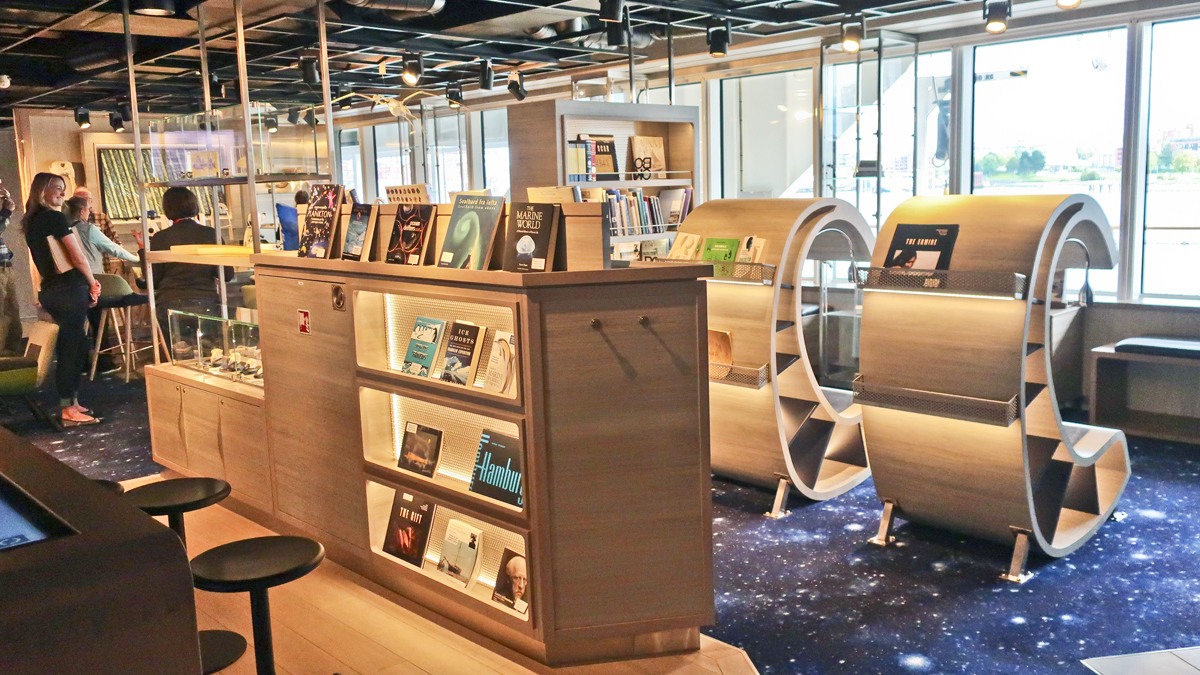
A unique, high-tech Amundsen Science Center is the go-to place to learn about what you’re seeing on all sides of the ship. A station with high-powered microscopes will examine bird feathers, rock, ice and samples of sea water taken throughout the day, to revel structures not visible to the naked eye.
A key element of the polar explorations is using equipment to test water and air for changes in climate and pollution, including the fact that micro particles of plastic floating from other continents are contaminating the Arctic and Antarctic oceans and threatening wildlife. One of the dedicated scientists on board explained that as plastic decomposes at sea, it can develop scents similar to food and this is leading to malnutrition in fish and sea birds.
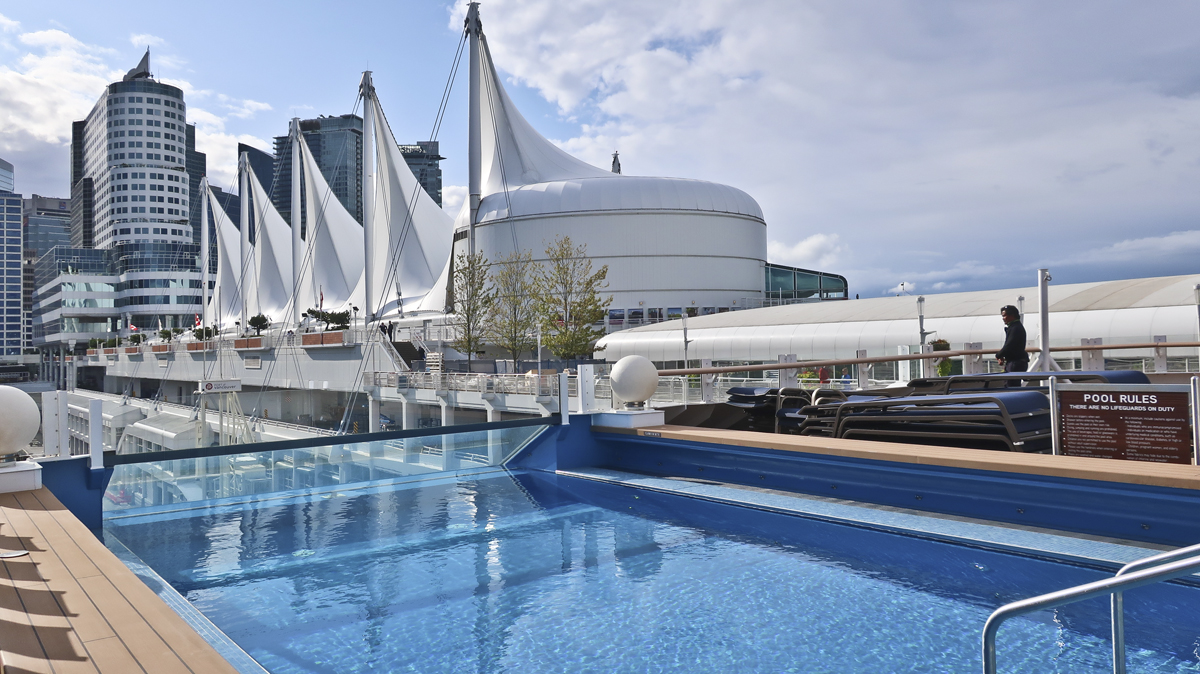
4) No copter, no drone zone
While some other new polar expedition ships are making a lot of noise about their on-board helicopters that can give guests flights over attractions, Hurtigruten says that’s the last thing anyone should want on a trip to the last silent places on Earth. “The noise of helicopters or drones flying around the ship not only disturbs guests, it’s particularly harmful to the wildlife in the Polar Regions. For that reason we will never put them on our ships,” Skjeldam says.
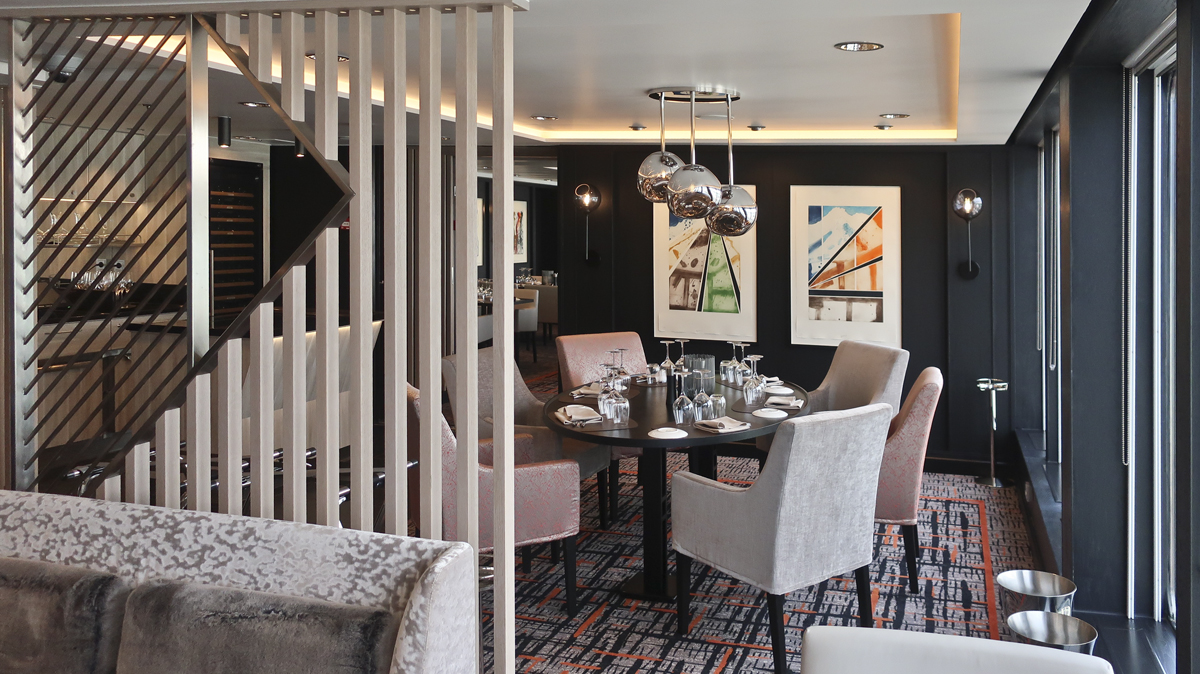
5) Going further afield
Exploration of the Polar Regions is the prime directive for the new ships. The ship’s namesake Roald Amundsen led the first expedition to traverse the Northwest Passage, led the first expedition to the South Pole and the first expedition proven to have reached the North Pole.
A winter of Antarctic cruising, will include opportunities to tent on the Antarctic Peninsula and hike with penguins in places like Deception Island, Brown Bluff and Neko Harbour.
Then, Amundsen’s namesake is scheduling an entire summer season of extended cruising to Alaska and the Bering Sea from Seattle and Vancouver. In addition to highlights you can see from other cruise ships, the itineraries include locales rarely reached by cruise ships, including Nome, St. Matthew Island and Unga Village with hiking, trekking, kayaking and wildlife watching at every stop included in the fare.
Wallace Immen is executive editor of The Cruisington Times

